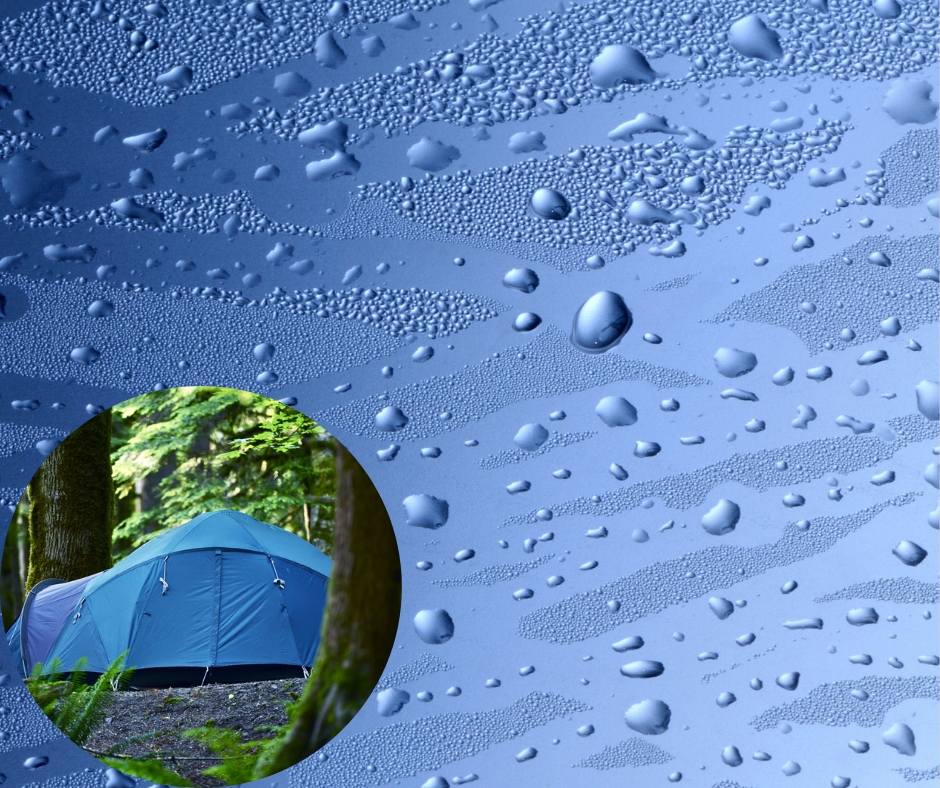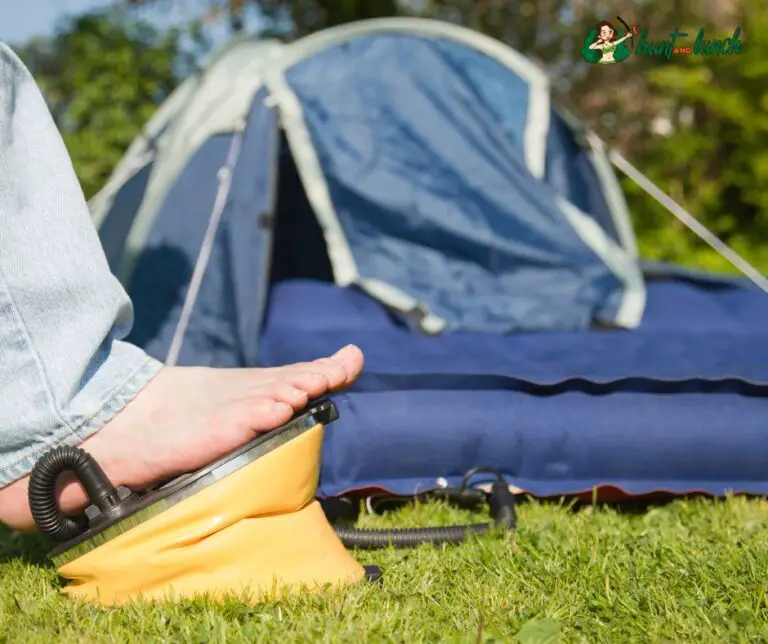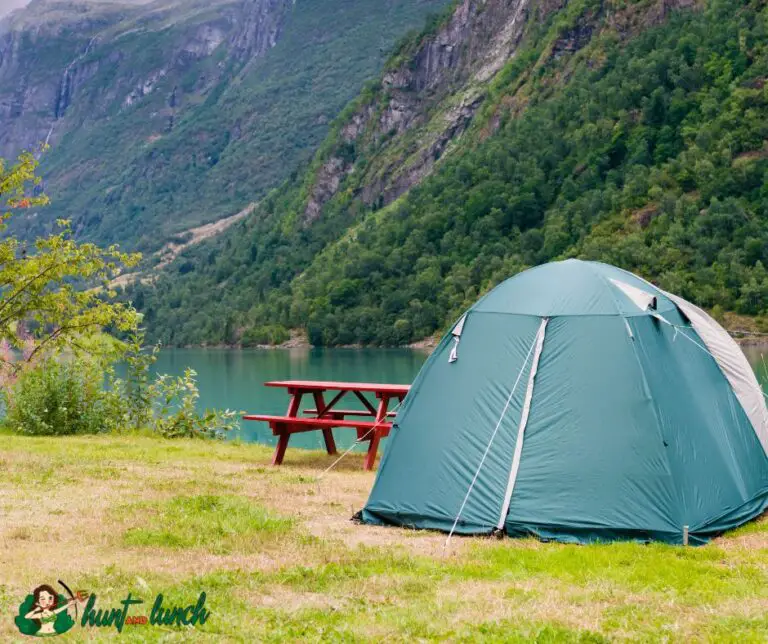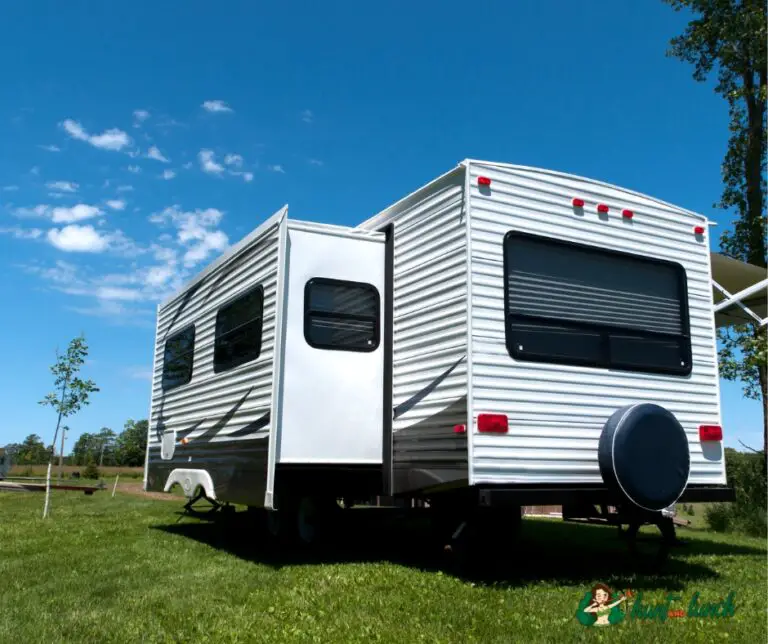
Camping in the cold is fine if you do it right, but if you don’t prepare your tent correctly, condensation can ruin your camping trip. When it comes to condensation in a tent during winter, people make many common mistakes. Here are some tips on how to prevent condensation in a tent during winter.
How Much Condensation Can Form In A Tent?
While there are many factors that affect how much condensation forms in a tent, the primary determinant is the difference between the inside air temperature and the outside air temperature. As you know, warm air can hold more moisture than cold air, so as temperatures fall at night, more vapor is released into the air.
The same happens if several people are breathing heavily inside your tent. It can cause significant condensation to form on everything. Other likely sources of moisture are wet shoes, clothes, and dogs getting into tents.
Ways to Prevent Condensation from Forming In Your Tent
Pick a tent wisely
First, ensure it’s breathable, letting moisture escape and preventing your tent from getting clammy. Breathability also makes it harder for mold and mildew to develop, which can be a problem if you leave your tent wet for extended periods.
Also, the breathable fabric may be worth its increased cost because it will last longer than non-breathable versions that have been exposed to repeated cycles of dampness and dryness over time.
Also, check that it’s waterproof so rain and condensation won’t seep through. In addition to the aforementioned properties, you should look for tents with vents. Vents help keep warm air circulating, so you don’t get too toasty in your sleeping bag.
Arrange your gears to prevent condensation in a tent
Your gear layout can help prevent condensation in a tent, especially during winter. For example, you should arrange your items so that the heaviest ones go on the bottom and the lightest ones go on top. This helps to ensure that there is less weight on top, which reduces strain on the seams and prevents them from breaking down.
Also, keep things like sleeping bags and clothes in their compartments at one end of each use. This will allow for better ventilation within each room as well as help with moisture removal from those items due to their proximity to other compartments.
Keep things dry
While it may seem self-explanatory, keeping your gear clean is the best way to prevent any moisture buildup in your tent. If you notice condensation forming on the inside of your tent, wipe it away with a damp cloth immediately before it has a chance to get sticky or start growing mold.
Cross ventilation
Cross ventilation is a simple solution to the problem of condensation in a tent. Air blowing over you from two opposite sides helps to prevent the buildup of water vapor, and this will help you stay warm and dry.
Never cook inside your tent
Never cook inside your tent. The condensation that you will create will make it harder to dry out the tent, and it will also increase humidity. Also, you’ll need to leave your door open for a long time in order to let the moisture escape from your shelter.
If you absolutely must cook in one of your shelters during winter, try using an alcohol stove rather than a propane or white gas stove. They produce much less smoke and have no odor like petroleum products do, which is essential if you want to avoid attracting animals.
Always turn heaters off
Turning off a heater before you go to bed will prevent condensation from building up on the inside of your tent. It will also keep your tent warmer as it prevents any more heat from escaping from the inside of your sleeping bag.
Pitch in a spot that gets a natural breeze
Pitching your tent in a natural breeze spot is the best way to minimize condensation. If you are camping in mountainous or forested terrain, pitch your tent near trees and bushes so that they can act as windbreaks.
If an ocean is nearby, make sure you pitch your tent away to avoid being blasted with cold air when the wind blows offshore. Another thing to keep in mind is that sheltered areas are more prone to generating condensation than exposed areas. Try pitching your tent somewhere where it isn’t right next to other shelters, such as rocks or trees, unless they’re acting as windbreaks.
Don’t pitch too close to the water
This includes lakes, rivers, and creeks; if you do, it can lead to a big problem. The moisture from the ground will get into your tent and cause condensation inside, which can lead to mold growth on the walls of your tent. If you’re pitching next to lakes or rivers, make sure that it is dry before you set up camp.
Use a tent dehumidifier
If you are camping while it is snowing or raining, it is vital to make sure that your tent stays dry. One way to do this is by using a tent dehumidifier. These devices remove moisture from the air and turn it into the water, which is then collected in a reservoir attached to the unit.
This helps keep condensation out of your tent during wintertime camping trips. While many different types of dehumidifiers are available on the market today, buying one does not have to be expensive or require much effort. They’re also good for the environment.
Conclusion
The best way to prevent condensation in a tent is to make sure you have the right tent for your needs, pitch it in the right spot and stay dry. If that doesn’t work, then consider buying a tent dehumidifier and turning off any heaters that could be causing too much moisture buildup.
During a winter camping trip, you’ll experience condensation in your tent. This is normal and nothing to worry about. However, if there’s too much condensation on the inside of your tent, then it’s time to do something about it.

I’m Cindy, a free-spirited outdoor enthusiast. Since childhood, Our family frequently goes on weekend camps and my father, who was a skilled hunter, used to teach my siblings and me valuable things about wildlife survival. I made this blog to share my knowledge, experiences, and tips.






